Modern dairy farming leads the way on the Faroe Islands
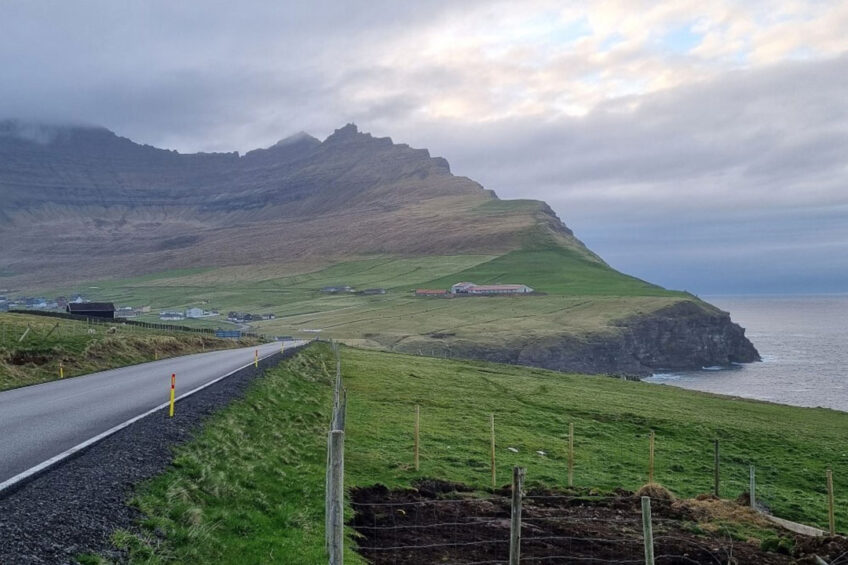
Milking cows on an island presents its own unique logistical challenges, but for dairy farmers on the Faroe Islands, new technology is leading the way.
Positioned halfway between Iceland and Norway, and 320 km northwest of Scotland, the Faroe Islands is home to over 53,800 people. It is one of the 3 constituent countries that form the Kingdom of Denmark along with Denmark and Greenland and extends to 1,400 square km in size.
With the exception of cheese, the region is almost self-sufficient in providing its own dairy products produced by around 16 farms there.
Over the past 10 years, milk production on the island has increased by 10%, but the number of farms that include dairy cattle has fallen from 28 farms in 2012 to 16 farms in 2021.
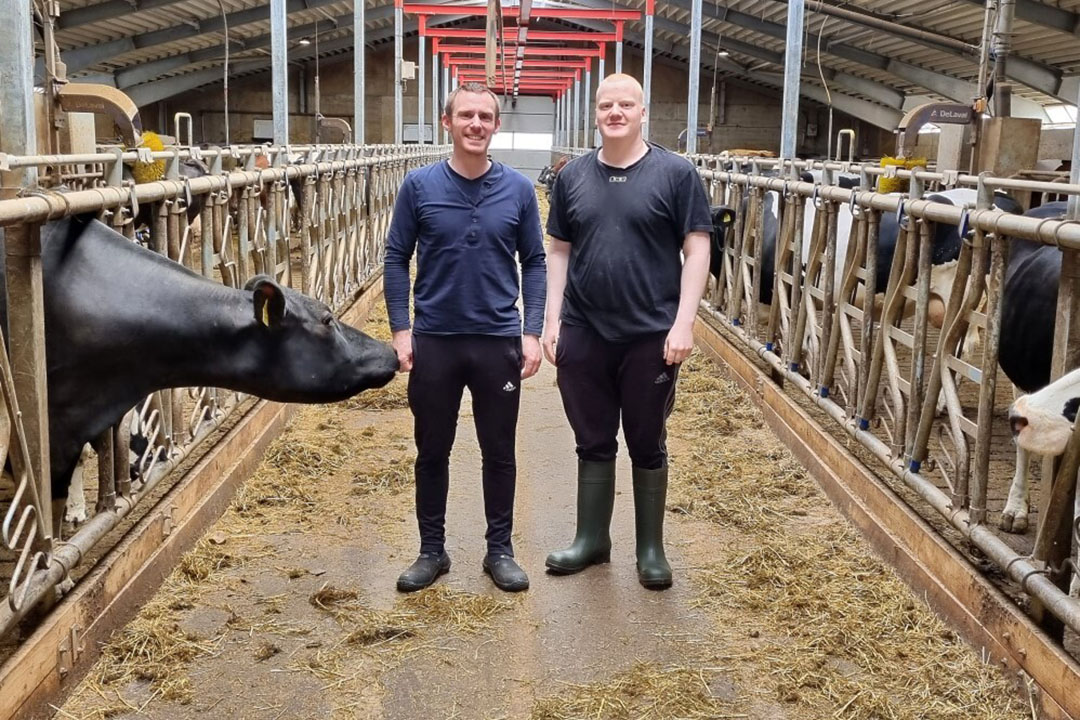
Milk production and modernisation
Statistics show that in 2012, the Faroe Islands produced 6.8 million litres of milk from 1,138 cows. This compares to 7.5 million litres produced from 1,147 cows in 2021. Due to advances in breeding the average yield has also increased from 6,000 litres per cow in 2012 to 6,600 litres in 2021.
One of the farms that has modernised its production over the years is owned by business partners Roi Absalonsen, Nils Absalonsen and Esmar Sorensen, based at Vioareioi in the north of the Faroe Islands.
Dairying a traditional enterprise
Dairying has been a traditional enterprise on this farm for hundreds of years, but as Roi explained, there have been major changes there in recent years.
“We milk 120 cows that are yielding 32 litres per day on average at 4.2% butterfat and 3.45% protein,” says Roi. “The milk is sold to MBM, the only dairy processor on the Faroe Islands. Our current price we receive for the milk is around 7 Danish Krones or 94 euro cents per litre.
“The cows are being milked an average 2.8 times per day through our 2 DeLaval VMS300 robots, with 60 cows grouped to each robot.”
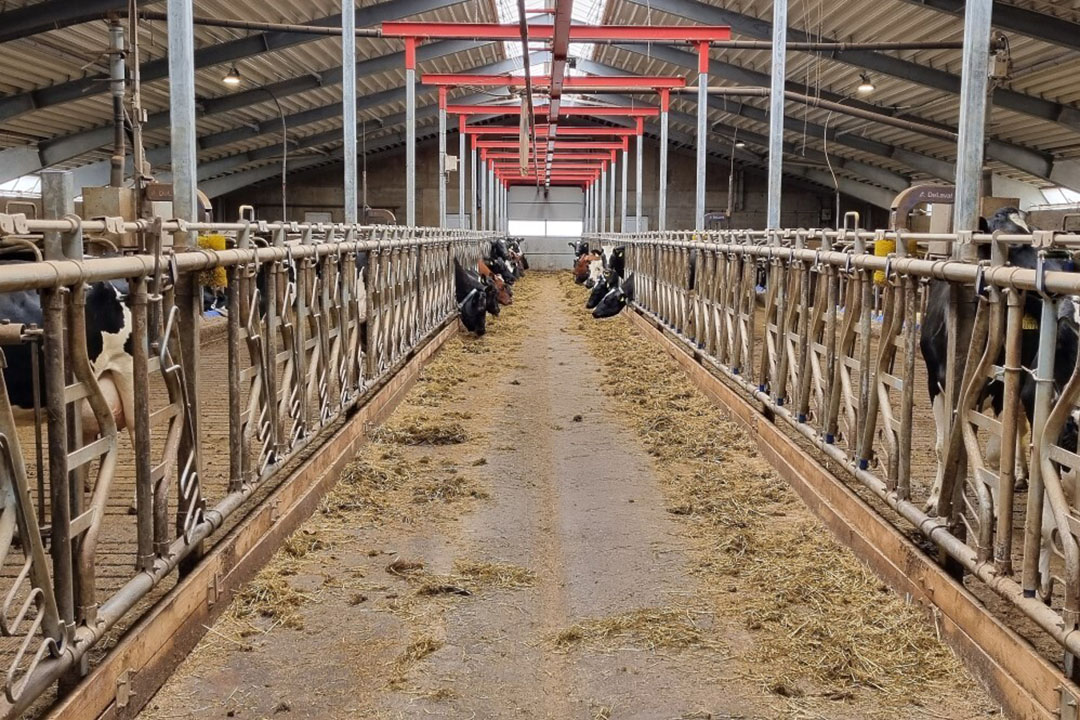
Looking back at the history of the farm’s infrastructure, Roi’s grandad built a new barn there in 1980. Roi’s uncle and business partner, Nils, took over the farm in 1987 and continued to milk cows.
However, with a restructured ownership, the trio decided to heavily invest in the farm and built a new barn for the cows in 2019. That was not the only investment required though, as extra quota needed to be purchased to increase cow numbers.
Increasing hectares and quota
Roi adds: “In total, we have about 60 ha here on our farm and we manage to buy or rent another 5 ha each year. Our cows are kept indoors all year long but the youngstock graze outdoors during the summer from June to September.
“Nils, Esmar and myself first drew up the plans to build a new barn in 2013. At that time Nils had 212,000 litres of quota so we bought another 320,000 litres that same year. With more quota purchased in 2019, we now have a total of 1.3 million litres to work with each year.”
The majority of the cows in the herd are of the Holstein Friesian breed, plus there are a number of Norwegian Red cows too. The team use AI across the herd to get the cows in calf each season.
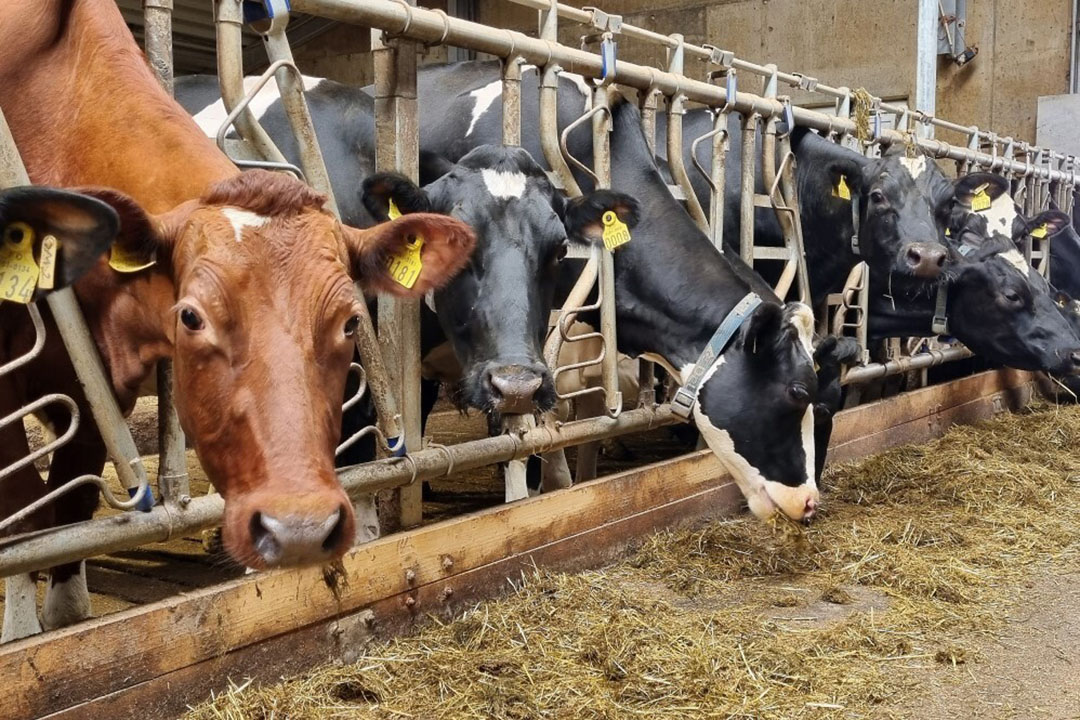
Mild temperatures
The Faroe Islands has a quite mild climate with temperatures only dropping to 3°C or 4°C in the winter. Summer days are mostly overcast with temperatures never really reach more than 15°C.
Heavy rain is very possible and the island receives 210 rainy or snowy days per year.
With this in mind, dairy farmers tend to keep their cows in during the year to avoid damaging the land as they can prove to be too heavy to suit the wetter ground conditions.
Feed of forage and silage
Forage is transported into the cow barn all summer and silage is fed in the winter via a robotic feeding system.
Roi states: “We feed the cows with a robotic TKS system which is a Norwegian system. The robot is set to feed the cows 8-10 times per day. They are being fed grass and silage as well as mash from the local brewery, plus concentrated feed.”
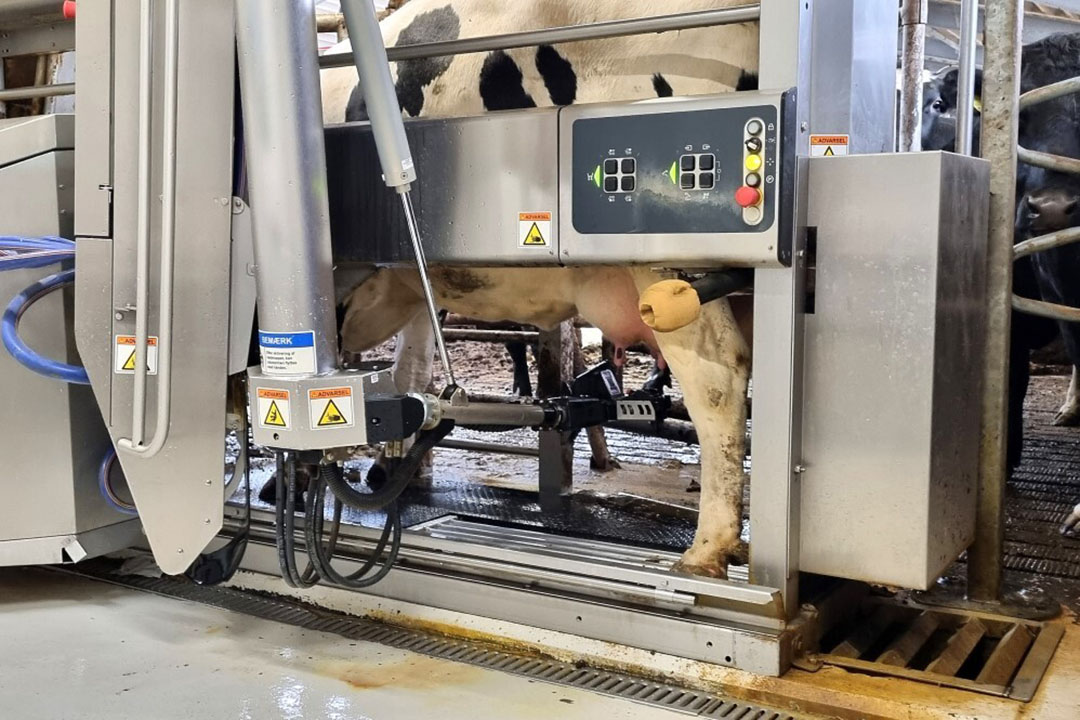
A lack of slaughterhouses
One of the main problems associated with dairy farming on the Faroe Islands is the lack of a slaughterhouse. “This is a job we must take on ourselves,” says Roi. “We slaughter the older cows ourselves and sell the meat to the public, just like door-to-door selling. It’s a tedious task but it has to be done.”
Expand milk production and technology
Looking ahead to the future Roi and his business partners have a goal to expand their milk production keeping a close eye on new technology.
“We have invested heavily to reduce labour in the new barn with the milking robots and the robotic feeding system. At the moment we have cattle in a barn in a different location, so in the future, we would like to extend the barn so we can house all the cattle under one roof,” he says.
Join 13,000+ subscribers
Subscribe to our newsletter to stay updated about all the need-to-know content in the dairy sector, two times a week.










